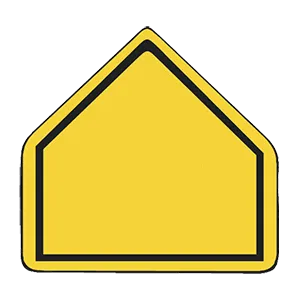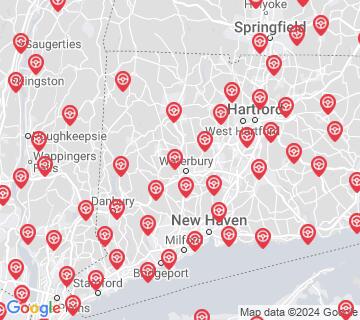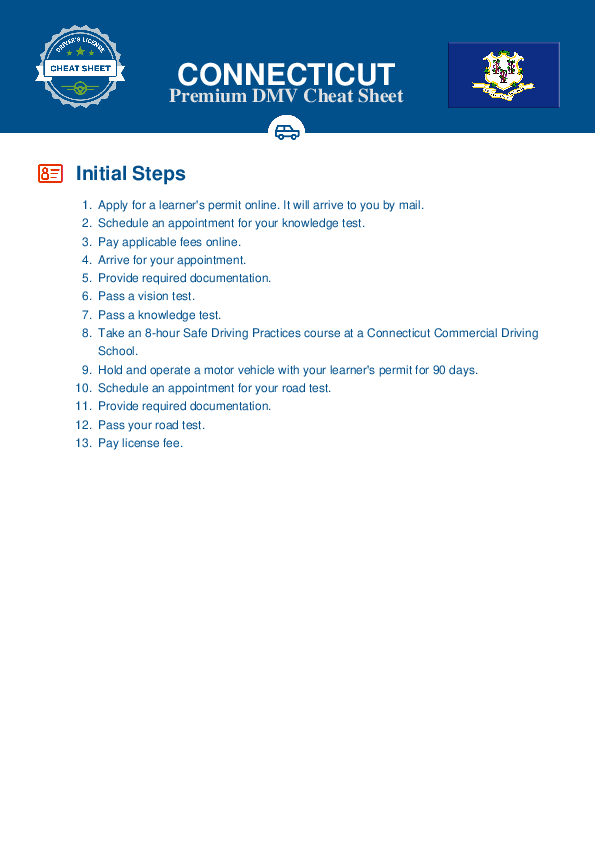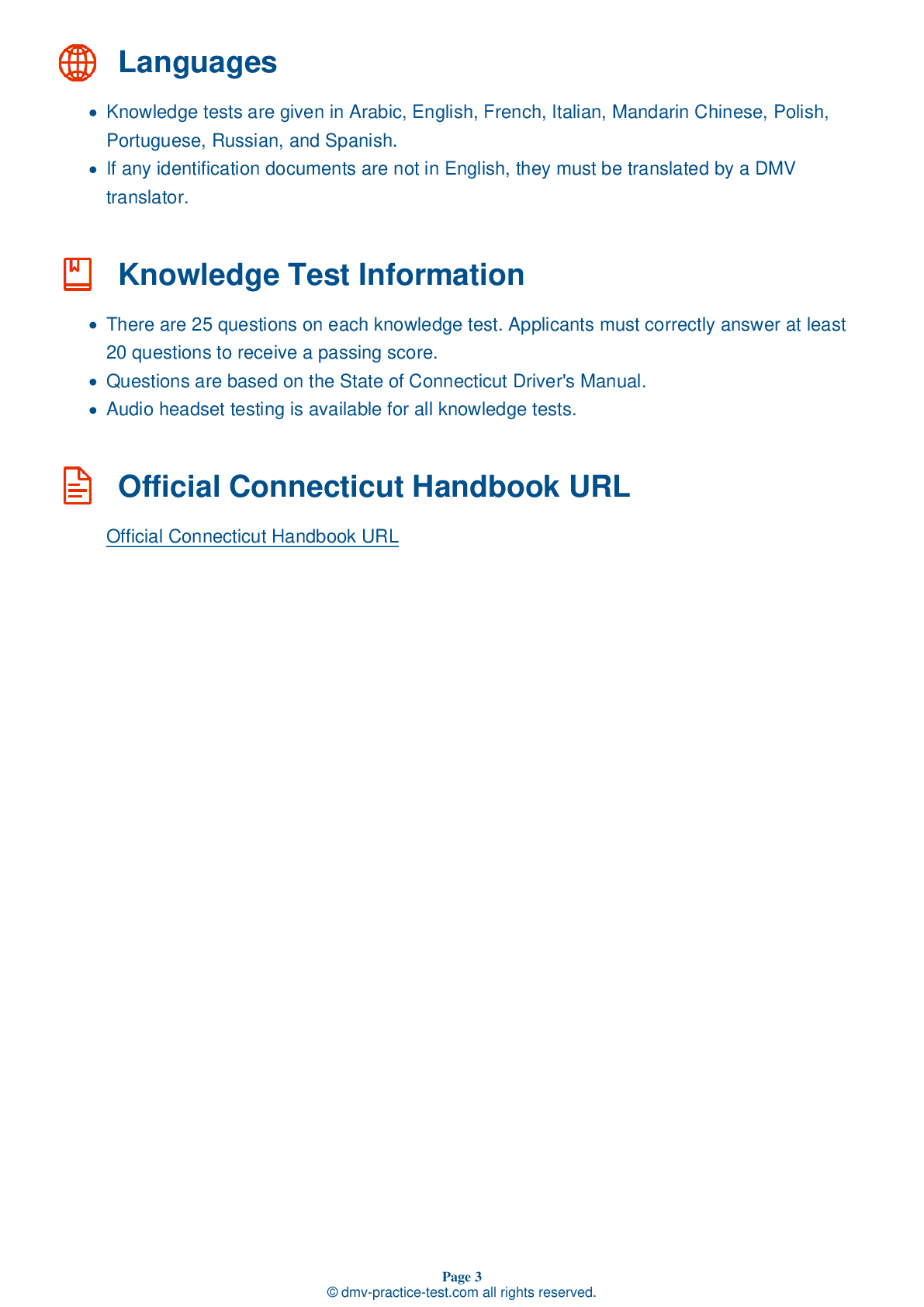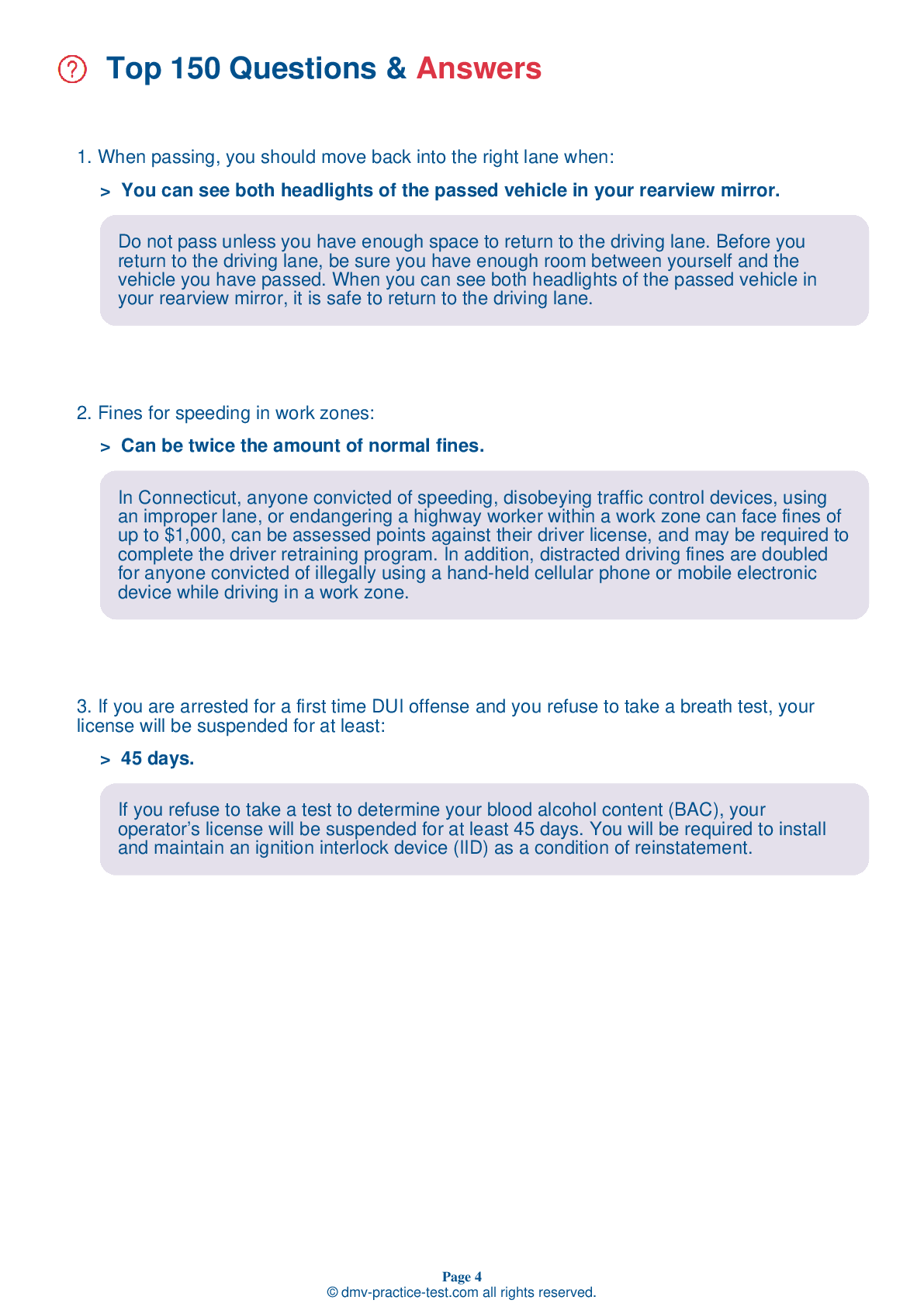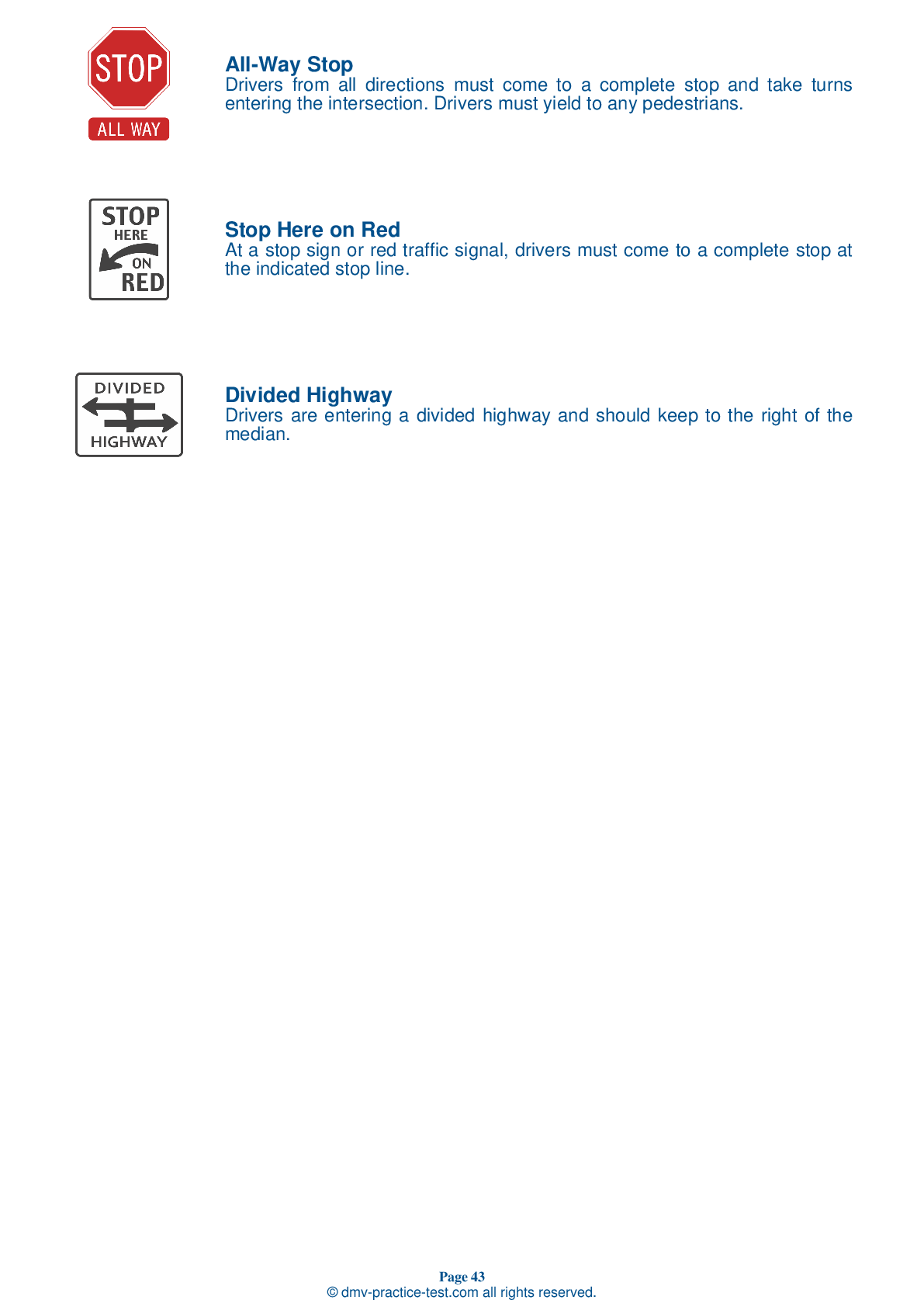FREE Connecticut DMV Practice Test #7
This set of Connecticut DMV practise tests was just updated for January 2025. It includes questions based on the Connecticut Driver Handbook's most essential traffic signs and regulations for 2025. Use actual questions that are very similar (often identical!) to the DMV driving permit test and driver's licence exam to study for the DMV driving permit test and driver's licence exam.
Each practise test question has a hint and explanation to assist you in remembering the concepts. The written component of the official DMV test will include questions about road rules, traffic signs, and driving statutes, as well as information from the Driver Handbook.
To achieve the required passing grade, you must correctly answer 20 of the 25 questions. Take our DMV practise exam to help you prepare for your Connecticut instruction permit or driver's licence.
The DMV exam is available in several languages.
Using any form of testing help will result in an automatic fail, and the DMV may take further action against your driver's licence, so avoid it.
1 . To make a left turn, you should:
Where there are no signs or lane markings to control turning, you should turn from the lane that is closest to the direction you want to travel and turn into the lane closest to the one you just left. This way, you will cross the fewest lanes of traffic.
2 . What is an important step in turning?
When turning, you should look to the rear and both sides of your vehicle to ensure it is safe to proceed before making the turn. Adjust your speed to safely complete the turn.
3 . A pentagon-shaped sign is a:
